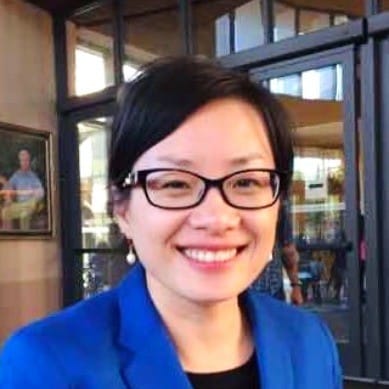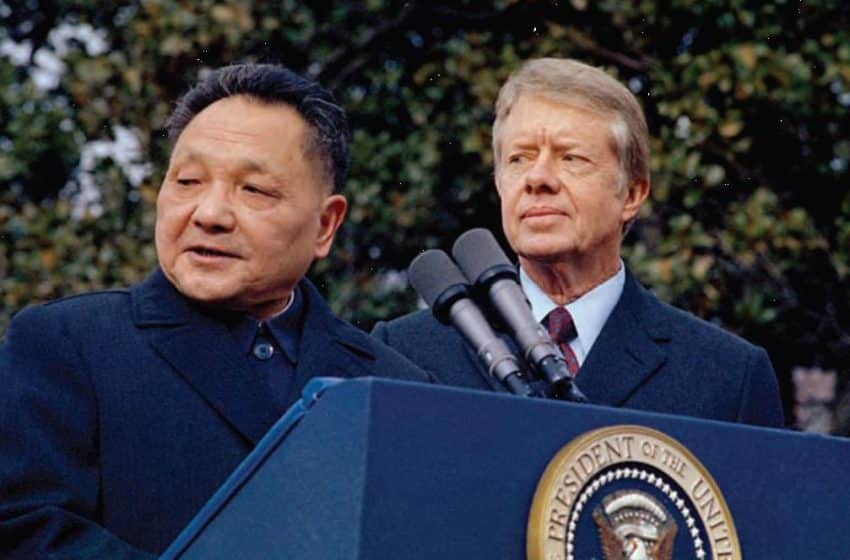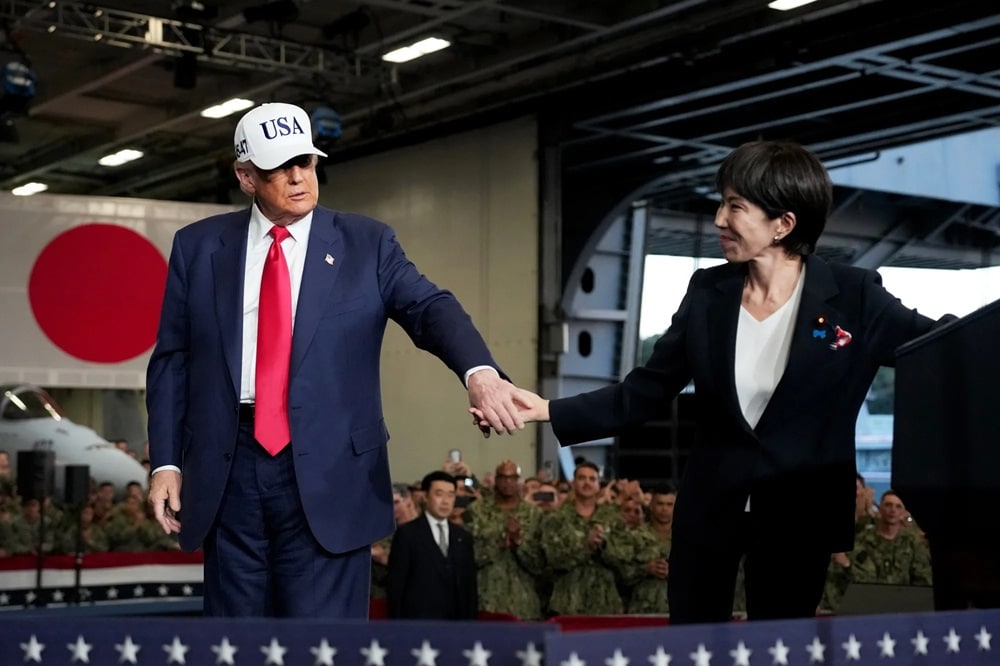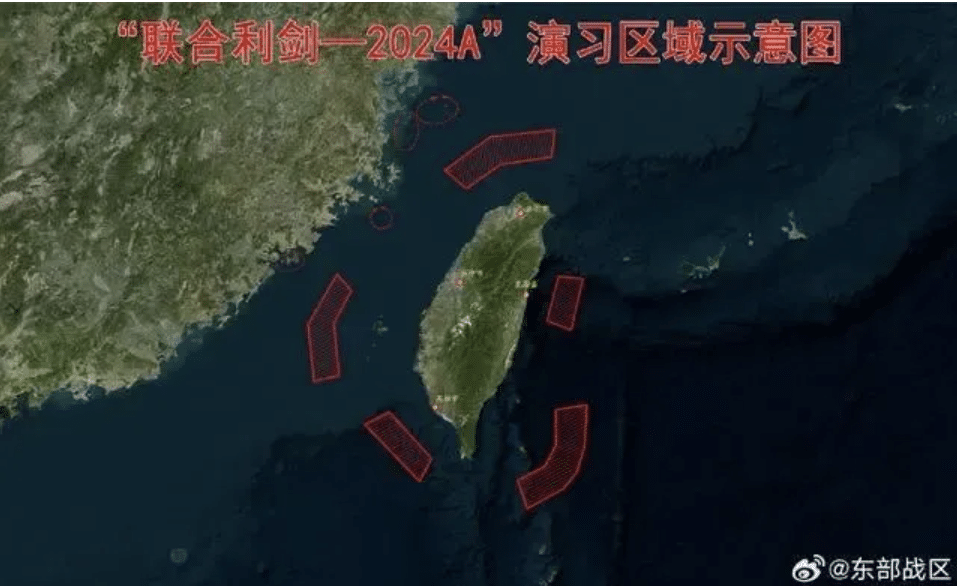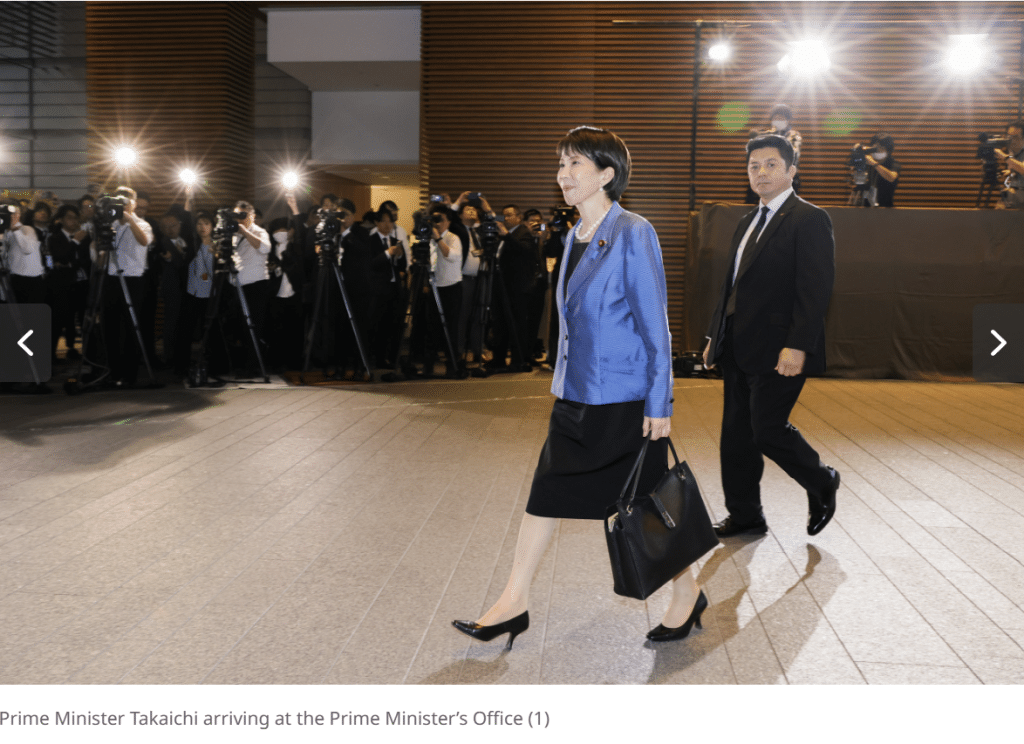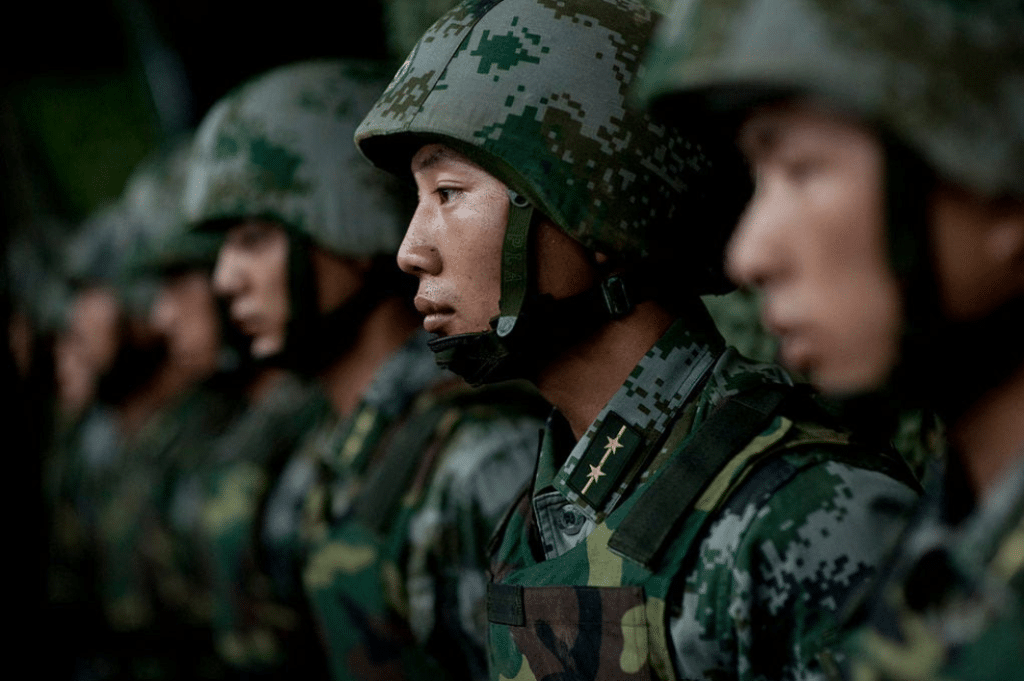Kyle Jaros on the Role of Subnational Relations in US-China Relations
California Governor Gavin Newsom had a fruitful high-profile trip to China last year on the eve of the much-anticipated Biden-Xi summit. Under heightened US-China relations, will subnational relations change the trajectory of bilateral relations? If not, what is the role of subnational relations on bilateral relations overall? What are the measures and steps of promoting subnational relations?
Kyle Jaros, associate professor of global affairs in the Keough School of Global Affairs at the University of Notre Dame, has worked on a book project examining the subnational relationship between China and the US. The US-China Perception Monitor recently held an in-depth interview with Professor Jaros on this topic.
As a scholar delving into the intricate dynamics of subnational US-China relations amidst escalating tensions, we’re intrigued to learn about the genesis of your research for your upcoming book. Could you share with us the inspiration or pivotal moments that led you to explore this topic in-depth? Additionally, when can we expect the book’s publication?
Jaros: I am collaborating with Dr. Sara Newland of Smith College on a book project that analyzes changing patterns of subnational relations with China since 2012. We have gathered data on all 50 states’ official interactions with China and state-level policies targeting China, and we are carrying out in-depth case studies of four states—California, Florida, Indiana, and New Hampshire—that exemplify different trajectories of subnational relations with China. What prompted this research was our realization that the subnational level of the US-China relationship had become one of the most important sites for both cooperation and confrontation in the larger relationship, and that the actions of state leaders and their Chinese interlocutors were having impacts on the overall US-China relationship. We are still conducting research, but hope to complete the book manuscript by 2025. We are also working on a number of articles that present findings from different pieces of the larger project.
Based on your ongoing research, how do subnational relations influence bilateral relations at the national level between the US and China?
Jaros: The short answer—and one motivation for our book project—is that we don’t yet know how subnational confrontation and cooperation is reshaping US-China relations in the aggregate. However, what is clear from our research thus far is that US states’ and localities’ interactions with China can either facilitate cooperation and détente or further destabilize national-level relations. Florida under Governor Ron DeSantis is a case of subnational action that is amplifying mutual suspicion in the US-China relationship and reducing economic cooperation and people-to-people exchange. By contrast, California under Gavin Newsom is working to preserve its extensive economic links and climate cooperation with China, and in the process has facilitated national-level diplomacy such as the Biden-Xi summit at the San Francisco APEC meeting.
A recent Science report noted that Florida enacted a law last July limiting the employment of Chinese graduate and postdoctoral fellows in public university labs. What are the potential impacts of this law on scientific research?
Jaros: While the precise legal and practical implications of this Florida law and many other pieces of anti-China legislation recently adopted by US states are still not fully clear, there is no doubt that such policies have a dramatic chilling effect on both institutions and individual researchers. Such legislation will make it harder for universities in Florida—and by extension, across the US—to attract scientific talent. And, combined with fallout from the federal China Initiative launched under the Trump Administration, such policies make academic researchers of Chinese nationality and/or Chinese ethnicity unsure whether they have a professional and personal future in the United States. Proponents of such measures cite national security and economic competition with China as the reason for growing restrictions on researchers with ties to China, but proponents rarely seem to consider the costs to US national security and economic prosperity of alienating highly dedicated researchers and driving away top scientific talent. Of course, maintaining strict security protocols for highly sensitive research facilities and projects makes sense, but the adoption of blanket anti-China measures feeds an atmosphere of xenophobia and risks throwing out the baby with the bathwater.
According to a December 2023 NYT article, over 15 states have passed laws restricting foreign land ownership, and there’s pushback against investments from Chinese companies. Recently, a Florida Senator labeled Chinese garlic imports a national security concern. Considering these developments, do they signify anti-China sentiment as a prominent outcome of the intensifying bilateral relations?
Jaros: Surging anti-China sentiment seems to be both a cause and a consequence of such legislation. A growing number of state lawmakers are expressing concern about economic, political, and security threats from China, sometimes in quite exaggerated terms, and this has been a key factor behind the flurry of anti-China bills put forward or passed in the last three years. At the same time, the debate or passage of legislation that portrays CCP influence as an existential, omni-present threat within US states and localities adds to an atmosphere of hysteria. Backlash against large-scale investment projects such as the proposed Gotion EV battery factory in Michigan also reflects a high degree of anti-China animus and a tendency to view any businesses with connections to China as political instruments of the party-state full stop.
California Governor Newsom’s recent high-profile visit to China stands in sharp contrast to the strong anti-China sentiment in many other states. What factors influenced California’s decision to maintain ties with China amid heightened bilateral tensions?
Jaros: California has deep and longstanding cultural ties to China; it also has profound economic linkages—from ports, to agriculture, to high-tech sectors—and a long track record of climate cooperation with the PRC. Governor Newsom’s trip signals that California continues to look at China much more optimistically than many other parts of the county. California sees China as a key export market and as a vital partner for California’s efforts to promote decarbonization at home and around the globe, and citizens and officials in California also appear more comfortable with continued Chinese FDI than their counterparts in other states. California has been careful to consult closely with the Biden administration while conducting its recent China outreach, but under the Trump Administration, California showed that it was willing to chart its own course on China. It may try to do so again in the future if Democrats lose control of the White House.
Having conducted extensive research on subnational exchanges between the two countries, what are your recommendations for fostering such interactions from a scholarly perspective? Where should one begin?
Jaros: A key starting point for effective subnational engagement with China is to recognize how much the landscape has changed over the past decade.
In the current context of US-China geopolitical rivalry and extreme anti-China sentiment, optimism about the ability of greater subnational involvement to get the overall relationship back on track would be misplaced—not least because a great deal of confrontational policy toward China is now coming from states and localities.
That said, there is still a key role for states and localities to play in pursuing common-sense areas of cooperation with China in the economic, environmental, educational, and cultural realms. Subnational governments on both sides of the Pacific have a major interest in promoting trade and investment links in sectors that do not directly impinge on national security. Both sides also have a clear economic as well as political interest in enabling tourists, students, and researchers to travel back and forth more easily, generating income and improving mutual understanding in the process.
Most important at a global level, perhaps, is the opportunity for US states and localities to encourage mutual investment and exchange best practices in areas such as decarbonization, environmental mitigation, and disaster response and resilience.
To lower the political temperature enough for subnational exchange to be productive, however, the US federal government and the central government in Beijing need to refrain from injecting too much geopolitics into subnational initiatives and need to set clearer standards about which areas of subnational cooperation are in-bounds or off-limits from a national security standpoint.

